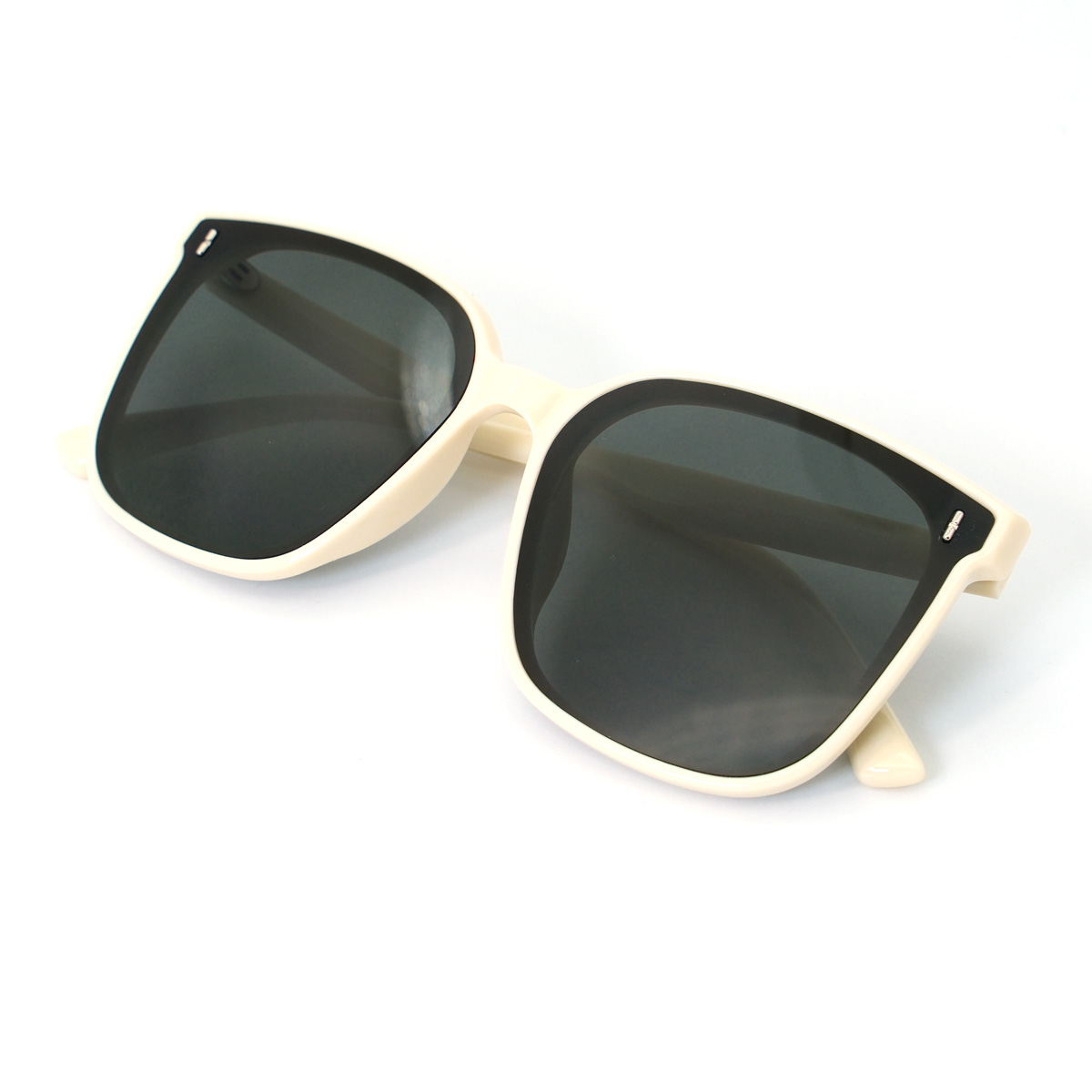The Difference Between Single Vision Lenses and Functional Lenses
When it comes to eyeglasses, there are various lens options available to address different visual needs. Single vision lenses and functional lenses are two commonly used options, each offering unique advantages based on individual vision requirements. In this article, we will explore the differences between single vision lenses and functional lenses, shedding light on their characteristics, benefits, and applications. By understanding these distinctions, individuals can make informed decisions when choosing the most suitable lenses for their vision correction needs.
1. Single Vision Lenses:
Single vision lenses are the most basic and traditional type of lenses used to correct a single refractive error, such as nearsightedness (myopia), farsightedness (hyperopia), or astigmatism. These lenses have a consistent prescription power across the entire lens surface, providing clear vision at a specific distance. Single vision lenses can be categorized into two main types:
a. Distance Vision Lenses: These lenses are designed to correct refractive errors for clear vision in the distance. They are commonly prescribed for individuals who experience difficulty seeing objects far away.
b. Near Vision Lenses: Near vision lenses, also known as reading glasses, are prescribed to correct presbyopia—a condition that affects near vision as individuals age. These lenses enhance close-up vision for activities like reading or using digital devices, but they may not provide clear vision for distance viewing.

2. Functional Lenses:
Functional lenses, also referred to as multifocal or progressive lenses, are a more advanced option compared to single vision lenses. These lenses are designed to correct multiple refractive errors within a single lens, providing clear vision at various distances. Functional lenses offer a gradual transition between different prescription powers, allowing wearers to see clearly both up close and at a distance. Key types of functional lenses include:
a. Bifocal Lenses: Bifocal lenses consist of two distinct areas within the lens. The upper part corrects distance vision, while the lower part is dedicated to near vision correction. Bifocals are commonly prescribed for individuals who require both distance and near vision correction.
b. Trifocal Lenses: Trifocal lenses incorporate three prescription areas within the lens. In addition to distance and near vision correction, they include an intermediate zone for tasks like computer work or viewing objects at arm's length. Trifocals are suitable for individuals who require clear vision at multiple distances.
c. Progressive Lenses: Progressive lenses provide a seamless progression of prescription powers, allowing wearers to have clear vision at all distances, including intermediate distances. Unlike bifocals or trifocals, progressive lenses do not have visible lines separating the different prescription areas. This creates a more aesthetically pleasing and natural-looking lens.
3. Differentiation Factors:
a. Vision Correction Range: Single vision lenses correct a single refractive error at a fixed distance. In contrast, functional lenses offer a broader range of vision correction, allowing wearers to see clearly at multiple distances.
b. Visual Comfort and Adaptation: Functional lenses offer a more natural transition between different prescription powers, reducing visual discomfort and the need to adjust between different pairs of glasses for various tasks.
c. Aesthetics: Single vision lenses are typically more visually uniform, while functional lenses, particularly progressive lenses, provide a seamless appearance without visible lines, offering a more attractive option for individuals concerned about the cosmetic aspect of their eyewear.
d. Customization: Functional lenses can be customized to meet individual vision needs, considering factors such as reading distance, intermediate vision requirements, and personal preferences. Single vision lenses, on the other hand, have a fixed prescription power throughout the lens.
Choosing between single vision lenses and functional lenses depends on individual vision needs and preferences. Single vision lenses are suitable for individuals with a single refractive error and offer clear vision at either distance or near vision. Functional lenses, including bifocals, trifocals, and progressive lenses, provide a broader range of vision correction, allowing wearers to see clearly at multiple distances. These lenses offer improved visual comfort, aesthetic appeal, and customization options. Consulting with an eye care professional is crucial to determine the most appropriate lens type based on an individual's refractive error, lifestyle, and visual demands. Clear vision is essential for daily activities, and by understanding the differences between single vision lenses and functional lenses, individuals can make informed decisions to optimize their visual acuity and overall eye health.
